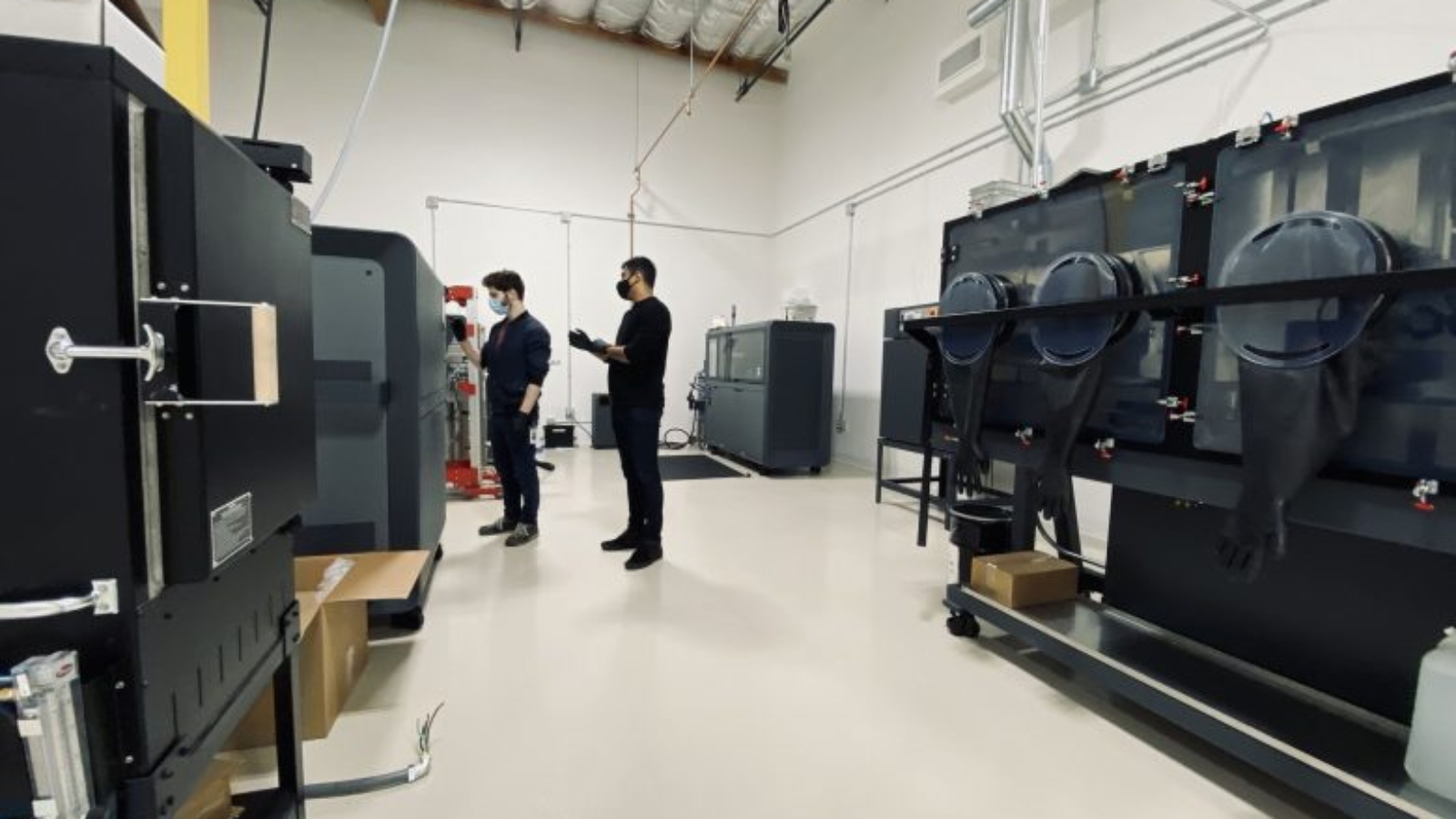California-based PrinterPrezz has been on the move lately, first with the high-profile acquisition of Vertex Manufacturing and shortly thereafter with the inauguration of a new, larger HQ and Innovation Center in the Bay Area. Now the company is making the news again for installing two Dekstop Metal binder jetting systems, a Shop and a Production system.
It is likely that PrinterPrezz will begin implementing the metal binder jetting systems to develop medical applications, a core focus area for the company, which now has production facilities and innovation close to major Bay Area research hospitals, high-volume surgery centers and innovative medical device companies.
Manufacturing on Demand
PrinterPrezz’s current assets include extensive design services and equipment for metal 3D printing of medical devices and instruments as well as polymeric materials programs. PrinterPrezz’s business model is to take medical device ideas and move them through complex hurdles in a short period of time, to bring innovations that once took years within short time frames of months, weeks, or even days.
As a medical technology company, the goal is to address the needs of the spine device market by applying new technologies to the rest of the orthopedic industry. In general, open lattice structures enable up to 75% porosity encouraging nearby cell growth and osseointegration. With binder jetting it is possible to achieve even great geometric freedom. It will still take some time for the regulatory organizations in the USA, as well as in Europe and Asia, to approve materials and processes used in metal binder jetting for implants, however surgical tools and other non-implantable medical or dental applications may represent a more short term objective.
Gernally speaking, with AM, stiffness can be modified based on bone density to account for variation in skeletal bone structure increasing implant acceptance. Designs using more natural anatomical shapes can improve the distribution of force and avoid excess stress on any one part of the fusion site to facilitate recovery.
You might also like:
μSADALP atomic layer 3D printing wins Hello Tomorrow challenge: This year’s edition has revealed varied and promising innovations, particularly in the energy and healthcare sectors. In the current context, technological breakthroughs such as synthetic biology, carbon sequestration and quantum physics are demonstrating their fundamental role in resolving the climate and health crises. Challenging criteria and a jury composed of scientists, entrepreneurs, investors, and industry leaders, has led to the selection of 12 projects with a strong sustainable impact, chosen among the 76 startup finalists.
* This article is reprinted from 3D Printing Media Network. If you are involved in infringement, please contact us to delete it.
Author: Davide Sher



Leave A Comment